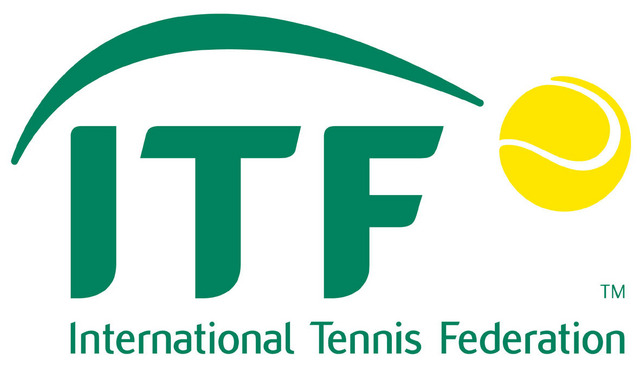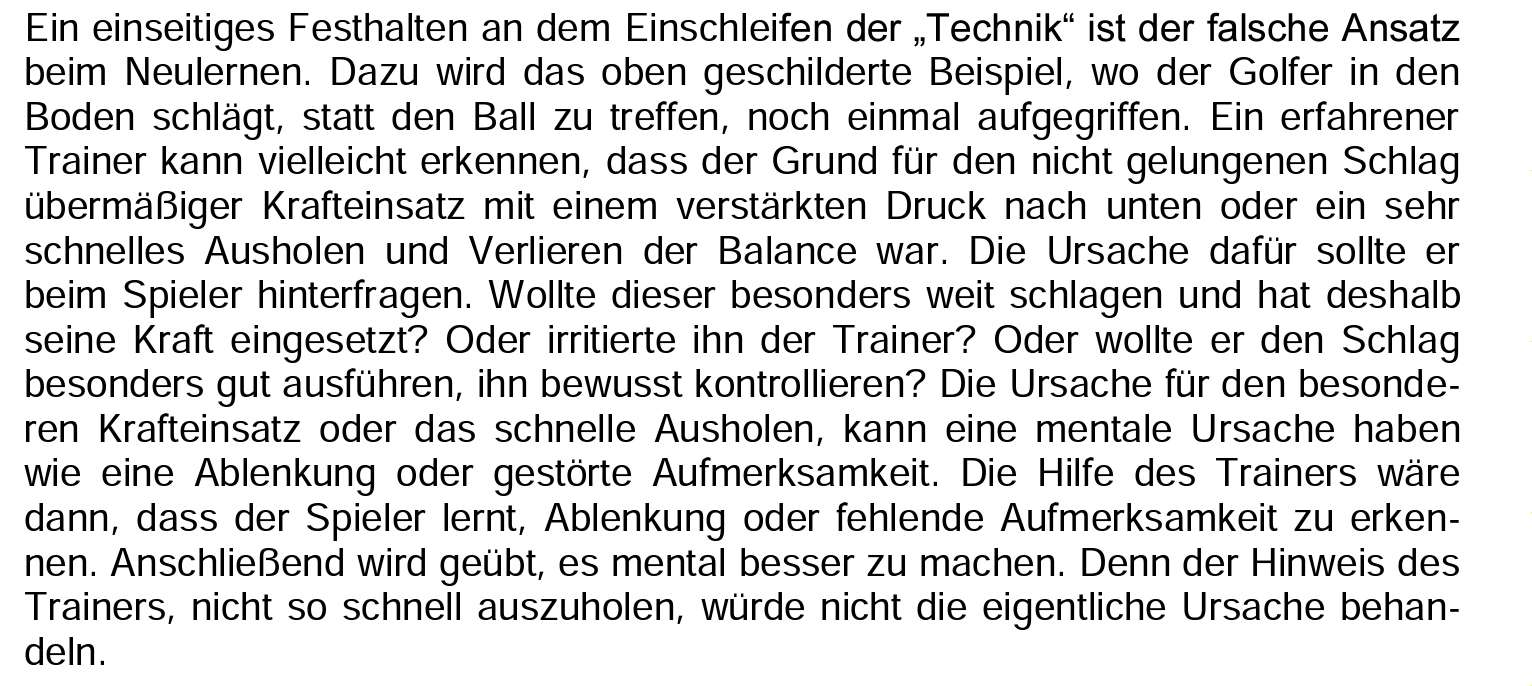„The ability to stop and consider a response, to use the experience of a wrong choice as a guide in making the next decision, relates to executive functions (…). Learning from our mistakes is profoundly important in everyday life, and Hillman’s study shows that exercise – or at least the resulting fitness levels – can have a powerful impact on the fundamental skill.“ (out of Ratey, J. „Spark“, 2008, p 26)
Archiv der Kategorie: Motor Learning
One dimension game
This is done in terms of implicit learning. The children should learn, without explicit coaching interventions from the coach. creatively and thereby surprisingly for the opponent, effective, efficient, and targeted to solve game situations.
Teaching Tactical Creativity – Dr. Daniel Memmert
This is a link to an interview with Dr. Daniel Memmert, who is a Professor and head of the Institute of Cognitive and Team/Racket Sport Research at the German sport University of Cologne. Published on footblogball.
„An isolated technical training only results in the problem that techniques cannot be related to situations and therefore a tactic cannot be trained. We know from studies that technical training is not as effective as combined technical-perception training and cannot be applied as variable. It is important that children Teaching Tactical Creativity – Dr. Daniel Memmert weiterlesen
Umlernen?
Vorhandgriff, Aufschlaggriff umlernen? Sinnvoll oder nicht? Arvid Leyh hat einen Selbsttest zum sogenannten Extinktionslernen ins Netz gestellt.
Evidence based
 „There is a major gap between what the science says about learning and development and the way that most of us approach coaching – it’s our mission to change that.“ (Trevor Ragan on trainugly.com)
„There is a major gap between what the science says about learning and development and the way that most of us approach coaching – it’s our mission to change that.“ (Trevor Ragan on trainugly.com)
Don’t think part 1
„Keep your eye at the place aimed at, and your hand will fetch (the target); think of your hand and you will likely miss your aim.“
(James 1890, zitiert nach Armin Kibele: Implizites Lernen, Spectrum 2001/2)
Implicit learning in tennis practice
 This is an article from the ITF Coaching and Sport Science Review from 2013 by Buszard/Reid/Farrow/Masters. You find a lot of informations about implicit motor learning in tennis and how to use it in tennis coaching.
This is an article from the ITF Coaching and Sport Science Review from 2013 by Buszard/Reid/Farrow/Masters. You find a lot of informations about implicit motor learning in tennis and how to use it in tennis coaching.
Overworking pushes creativity
 Wenn es beim Bewegungslernen und im Training gelingt, den präfrontalen Cortex und damit das Nachdenken über eine Bewegung zu dämpfen, dann erhöht das die Kreativität bei der Problemlösung und damit der Entwicklung einer adäquaten Schlagtechnik.
Wenn es beim Bewegungslernen und im Training gelingt, den präfrontalen Cortex und damit das Nachdenken über eine Bewegung zu dämpfen, dann erhöht das die Kreativität bei der Problemlösung und damit der Entwicklung einer adäquaten Schlagtechnik.
Im Differentiellen Lernen begegnen wir diesem Phänomen ebenfalls, wenn wir vom „Flutschen“ oder vom „Flow“ reden. Dieser Zustand tritt vor allem im Zustand der Ermüdung während einer Trainingsform ein. Beschrieben habe ich das in einem Beitrag zur Defokussierungs- oder „low-arousal-theorie“.
In einem spannenden Beitrag in Scientific American Overworking pushes creativity weiterlesen
Lernen und Lehren im Dialog
Grandpa
 Talking about differencial learning (DL) I have no problems to use this in a trainings with players over ten years. Some drills out of DL you can see on our youtube channel.
Talking about differencial learning (DL) I have no problems to use this in a trainings with players over ten years. Some drills out of DL you can see on our youtube channel.
Today the kids (group with kids from 7 to 9 years) gave me an idea to use the DL in tennis10s. One of my favourite metaphers or analogies in coaching kids is the „tiger“-metapher: standing like a tiger and waiting to catch the „loot“, what means to attack, to hit the ball and shout out loud like a tiger, what gives them an imagination of the tennis basic position.
Today, some of the kids were a bit tired and stood on the court like some old men, using their racket like a walking stick. That inspired me to tell them, to stand like „an old man/woman“, using the racket like a „walking stick for elderly people“. This task made, from the first moment, a big difference to nearly everything we had done before! Apart from that it had a special motivation for the kids!

